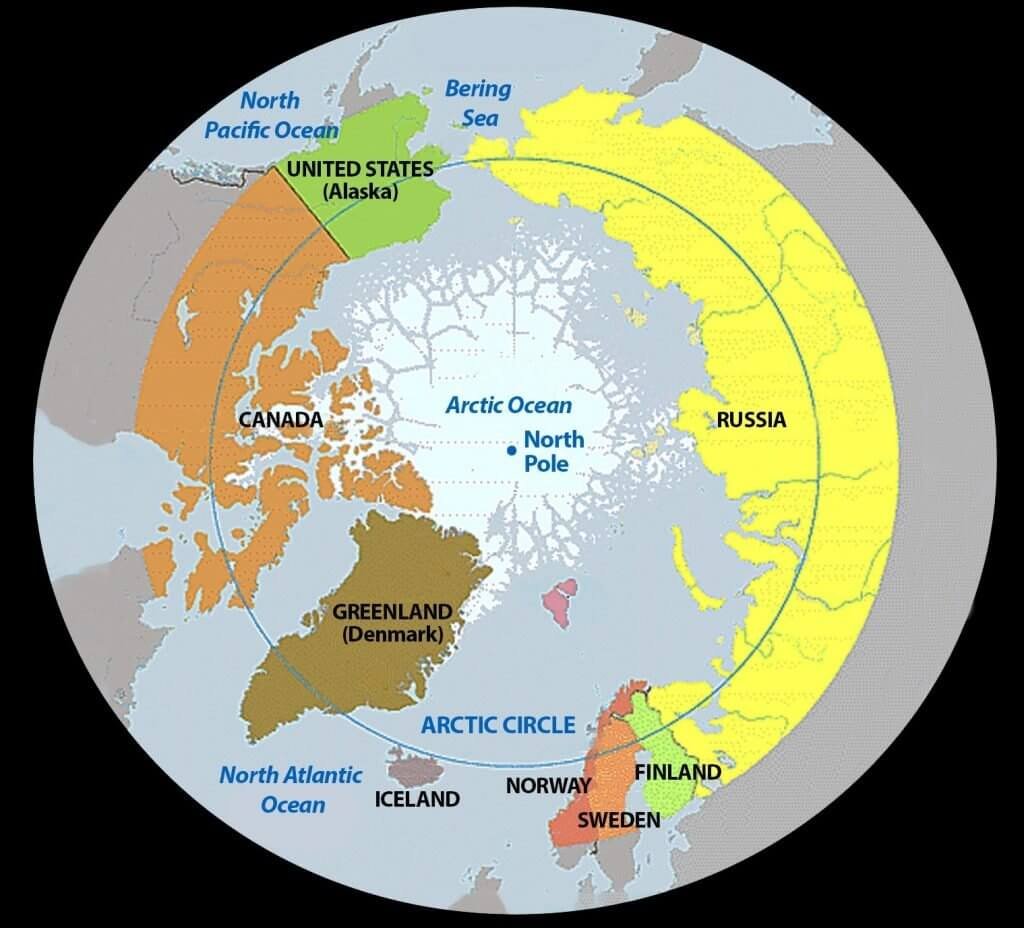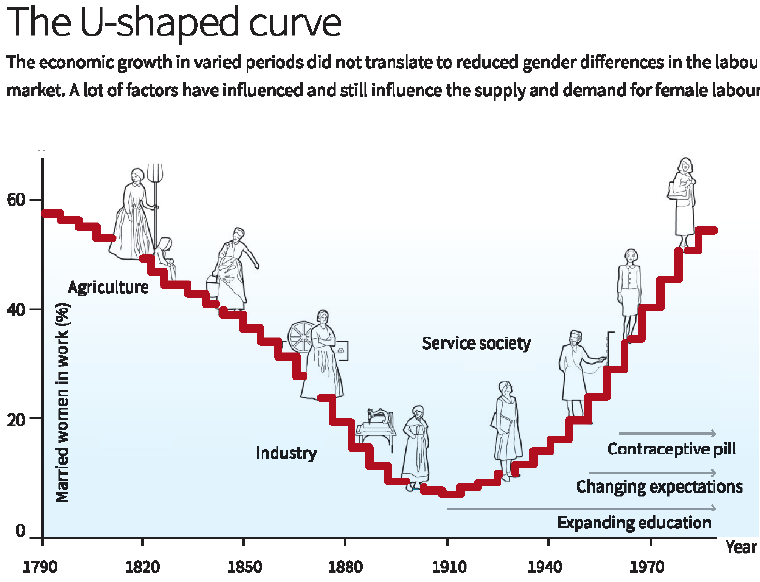
Current Affairs for UPSC Civil Services Exam – July 01, 2024
Subscribers of "Current Affairs" course can Download Daily Current Affairs in PDF/DOC
Subscribe to Never Miss an Important Update! Assured Discounts on New Products!
Must Join PMF IAS Telegram Channel & PMF IAS History Telegram Channel
{GS1 – MIH – Movements} Santhal Hul
- Context (IE): In Jharkhand, June 30 is observed as Hul Diwas, marking the anniversary of the 1855 Santal rebellion led by Sido and Kanhu Murmu.
Santhal Hul
Causes of Uprising
- Revenue Policies: After the Battle of Plassey (1757), the East India Company (EIC) implemented revenue policies and law-and-order rules to control India.
- Permanent Settlement (1793): Introduced by Lord Cornwallis in Bengal, Bihar, and Orissa, landlords had perpetual land rights if they paid fixed revenue to the British.
- Impact on Santhals: Tribal lands were auctioned when peasants couldn’t pay rent, leading to a loss of control over land and traditional systems.
- Damin-i-Koh (1832): EIC demarcated this area for Santhals, promising non-interference.
- Rising Rent: Increased demands from the British led to exorbitant rents.
- Economic Strain: Santhals, using the barter system, faced cash payment issues, leading to borrowing at high interest rates from moneylenders.
Rebellion
- On June 30, 1855, the Santhal revolt (Hul revolt) began, led by Sidhu, Kanhu, Chand, Bhairav, and their sisters Phulo and Jhano.
- Santhals formed troops, including farmers and women, capturing parts of Rajmahal Hills, Bhagalpur, and Birbhum. Over 10,000 Santhals militarised, destroying storehouses and disrupting communication.
- With landlord support, the British used heavy weapons to suppress the revolt. Sidhu and Kanhu were arrested, and the rebellion ended in 1856.
Outcome
- The Santhal rebellion was brutally repressed, and the movement ended with significant loss and suppression of the Santhal people.
- The Santhal Pargana Tenancy Act of 1876 prohibits the transfer of Adivasi lands to non-Adivasis, ensuring that land can only be inherited, thus maintaining Santhal self-governance over their land.
- The Chhotanagpur Tenancy Act of 1908, stemming from the Birsa Movement, restricts the sale of Adivasi and Dalit lands.
- Permits land transfers within the same caste. In certain areas with District Collector approval, allowed Adivasi land transfers within same police station & Dalit land transfers within same district.
{GS2 – Polity – Laws} Three Criminal Laws
- Context (TH I IE): The Indian government is prepared for the new criminal laws- Bharatiya Nyaya Sanhita, Bharatiya Sakshya Adhiniyam, and Bharatiya Nagrik Suraksha Sanhita.
Efforts of Government to Implement the Laws
- Operational Training
- Bar Council: New laws in university curricula from 2024-25.
- Department of School Education: Special modules for Classes 6 and up.
- LBSNAA: Five-day training for IAS/IPS/judicial officers, crime records, and forensic labs.
- Ministries of Women and Child Development, Rural Development, Panchayati Raj: Webinars for grassroots functionaries.
- Publicity and Awareness
- Bureau of Police Research and Development: Coordinated publicity campaign.
- Press Information Bureau: Workshops and Vartalaps in 20 state capitals.
- Technology Upgradation
- National Crime Records Bureau: 23 modifications in Crime and Criminal Tracking Network System for tech compatibility.
- National Informatics Centre: Developed apps (eSakshya, NyayShruti, eSummon) for crime scene documentation and judicial processes.
- Capacity Building
- Bureau of Police Research and Development: 13 training modules for police, prisons, prosecutors, judicial officers, and forensic experts.
- Training courses/webinars/seminars: Over 250 sessions, 40,000 personnel trained.
- Legal Affairs
- Conferences: Organised by the Department of Legal Affairs and involve the judiciary and police.
- iGOT Karmayogi platform: Training courses, 2,18,000 officials enrolled.
- Planned Events
- Higher education institutions: Group discussions, workshops, and seminars on new criminal laws.
- Police stations: Conducting events nationwide.
{GS3 – Envi – CC} Climate Policy of India **
- Context (TH): India’s Supreme Court (SC), through its landmark judgment in M.K. Ranjitsinh and Ors. Vs. Union of India & Ors. has introduced a new dimension to India’s climate change jurisprudence.
- The case was related to installing underground power lines to conserve Great India Bustard.
SC Verdict
- It has recognised the right to ‘be free from the adverse effects of climate change‘ as a fundamental right derived from the Constitution’s guarantees of the right to life (Article 21) and equality (Article 14).
- This ruling is pivotal as India navigates its climate policy landscape, presenting opportunities and challenges in governance and legislation.
Positives of India’s Climate Policy
- Recognition of Climate Rights: The judgment elevates protection from climate change impacts to a fundamental human right, empowering citizens to demand accountability from the government.
- Prioritizing transmission infrastructure for renewable energy development underscores India’s commitment to reducing carbon emissions and enhancing energy security.
- Provides a framework for systematic governance around climate change, potentially leading to coherent policy frameworks.
Negatives of India’s Climate Policy
- Critics argue that focusing on large-scale clean energy projects may overlook local adaptation measures and resilience-building efforts.
- Patchwork Approach: Reliance on judicial decisions and litigation may result in a fragmented approach to climate protection, lacking a unified national strategy.
- A lack of Umbrella Legislation could hinder efforts across sectors and regions, limiting effectiveness.
Way Forward
- Enabling legislation tailored to India’s needs, balancing mitigation with adaptation strategies across diverse sectors like urban development, agriculture, and water management.
- Example: Introduction of a Climate Change Adaptation and Resilience Act mandates states to develop local climate action plans, integrating urban planning, agriculture, and water management.
- Inclusive Governance: Incorporate mechanisms for public participation, expert consultation, and transparency in setting climate targets and reporting progress.
- Federalism Integration: Ensure climate laws accommodate India’s federal structure, empowering states and local governments with resources and autonomy to implement climate actions effectively.
- Learning from International Models: Draw insights from global climate legislation examples, adapting best practices to suit India’s developmental context and vulnerabilities.
- Germany emphasises renewable energy deployment and efficiency, supported by policies like the Energiewende (Energy Transition).
- Holistic Approach: Prioritize laws stimulating low-carbon growth while enhancing climate resilience in infrastructure, agriculture, and natural resource management.
- Example: Green Building Codes mandating energy-efficient designs and materials and incentivising developers to incorporate renewable energy and rainwater harvesting.
To know about India’s Climate Policy, refer > Overview of India’s Climate Policy
{GS3 – S&T – Tech} Eco-friendly Supercapacitors *
- Context (TH): Researchers have developed environmentally friendly supercapacitors.

Credit: ACS Publications
- Coconut husk-derived activated carbon offers promising, eco-friendly solutions for high-performance supercapacitors due to its availability, low cost, and sustainability.
Supercapacitor
- A supercapacitor, also known as an ultracapacitor, is an advanced energy storage device.
- Its benefits include high power density, durability, and fast charging compared to traditional capacitors and Lithium-Ion batteries (LIB).
- Its key components are electrodes, electrolytes, separators, and current collectors.
- To reduce manufacturing costs, efforts must focus on minimising the expenses of electrodes and electrolytes, significantly contributing to overall production costs.
- Electrodes conduct electricity through non-metallic mediums, while electrolytes produce conductive solutions when dissolved in polar solvents like water.
Capacitor vs Supercapacitor
- A capacitor is a passive electronic component that stores electrical energy in electrostatic charge, typically constructed with two conducting plates separated by a dielectric material such as ceramic.
- A supercapacitor is a type of capacitor with significantly higher capacitance and lower voltage ratings.
- A Supercapacitor uses activated carbon-coated electrodes separated by an electrolytic solution as a separator instead of a dielectric.
- Unlike traditional capacitors that store energy electrostatically, supercapacitors can store energy electrostatically, electrochemically, or in a hybrid manner.
- Supercapacitors offer a higher energy density (1-5 Wh/kg) compared to capacitors (0.01-0.05 Wh/kg) and have faster charging and discharging times (milliseconds to seconds).
- Supercapacitors operate in a wider temperature range (-40 °C to +85 °C) and find applications in UPS systems, RAM modules, CMOS circuits, and portable electronics where quick power stabilisation is crucial.
{Prelims – In News} Bone Marrow Transplant (BMT)
- Context (TH): Call to make bone marrow transplant procedure available in Madurai Govt. Rajaji Hospital.
Bone marrow transplant (BMT)

Credit: Care Hospitals
- BMT involves replacing diseased blood-forming cells with healthy ones.
- Blood-forming cells, also known as blood stem cells, are immature cells located in the bone marrow, where they develop into red blood cells, white blood cells, and platelets.
- Once mature, these cells exit the bone marrow and circulate in the bloodstream.
Types of BMT
-
Autologous transplant:
- In this method, blood-forming cells are harvested, preserved by freezing, and stored.
- Subsequently, they are returned to your body following chemotherapy (chemo) and sometimes radiation therapy.
-
Allogeneic transplant:
- In this method, healthy blood-forming cells are donated by someone else.
- The donor can be a family member or someone unrelated to you.
-
Haploidentical transplant:
- A haploidentical transplant is a form of allogeneic transplant where healthy blood-forming cells from a half-matched donor, usually a family member, are used to replace unhealthy cells.
Stem Cells
- Stem cells are unique human cells with the ability to transform into various types of cells within the body, ranging from muscle cells to brain cells.
- Stem cell banking plays a crucial role in stem cell therapy.
Types of stem cell
- Embryonic stem cells:
- These stem cells are present exclusively in the earliest stages of development.
-
Adult stem cells
- These are cells that proliferate to repair adult organs and tissues when needed.
- They are found in nearly all human body organs and are multipotent, capable of generating a limited range of mature cell types specific to their residing tissues.
- An example is hematopoietic stem cells in bone marrow, which produce various blood cells.
- Certain tissue-specific stem cells, known as unipotent or bipotent, generate one or two types of mature cells; for instance, skin stem cells regenerate skin cells as unipotent cells.
-
Induced pluripotent stem cells, or iPSCs:
- These cells are artificially created in laboratories using cells from the body.
- iPSC cells exhibit characteristics akin to embryonic stem cells and were first successfully generated in humans in 2007.
To learn more about CART–T cells, refer > CAR-T Cell Therapy
{Prelims – In News} Araku Valley Coffee
- Context (TH): Araku Valley Coffee was recently discussed in the Mann Ki Baat program.
Araku Valley Coffee
- It is grown in the hilly tracts of Visakhapatnam district, Andhra Pradesh, and the Odisha region.
- They are cultivated at an elevation of 900m-1100m Mean Sea Level.
- It is produced by tribals who follow organic farming, emphasising organic manures, green manuring, and organic pest management practices.
- Araku Valley Coffee was awarded the Geographical Indication tag in 2019.
Coffee
- In India, the major coffee-producing states are Karnataka, Kerala, Tamil Nadu, Andhra Pradesh, and Odisha. Karnataka leads in production, accounting for over 70% of the total output.
- Predominnty two species of coffee: Coffea Arabica (Arabica) and Coffea Canephora (Robusta).
- Arabica is particularly sensitive to climate variations.
Ideal climatic conditions for coffee growth
- It requires hot and humid weather. Dry weather during berry ripening is crucial.
- Temperature range: 15°C to 28°C, Annual Rainfall: 150 to 250 cm, Elevation: 600 to 1600 meters above sea level. It is typically grown under shade trees.
- Soil: Well-drained, loamy soil rich in humus, iron, and calcium is ideal.
{Prelims – In News} Space MAITRI
- Context (TH): ISRO’s NSIL announced SSLV’s first dedicated commercial launch, deploying the Optimus satellite by Australia’s Space Machines Company.
Space MAITRI (Mission for Australia-India’s Technology, Research and Innovation)
- The Optimus satellite, weighing 450 kg, is Australia’s largest domestically designed and built spacecraft.
- Scheduled for 2026, the mission emphasises Australia-India collaboration in technology and R&D.
- The mission aims to enhance space debris management and promote sustainable space operations.
{Prelims – Sci – Physics} Perovskite Quantum Dots (PQDs)
- Context (TH): Scientists from the Centre for Nano and Soft Matter Sciences, Bengaluru, have developed a better way to produce light-emitting diodes (LEDs).
- PQDs are a novel class of materials with unique properties suitable for creating vibrant LED displays.
- By precisely controlling the size and composition of perovskite quantum dots during synthesis, scientists can adjust their emission to produce the desired colours for full-colour displays.
Perovskite Quantum Dots (PQDs)
- Perovskite quantum dots (PQDs) are a class of quantum dots based on perovskite materials.
- Perovskites share a crystal structure similar to the perovskite mineral, which consists of calcium titanium oxide (CaTiO3).
- While these are relatively new, they have already been shown to have properties matching or surpassing those of the metal chalcogenide QDs.
- PQDs are more defect tolerant with better photoluminescence quantum yields & high colour purity.
- Such attractive properties are highly suited for electronic and optoelectronic applications.
- Real-world applications include LED displays and quantum dot solar cells
Challenges in Perovskite Quantum Dot Research
- Their susceptibility to moisture and heat can compromise performance and lifespan within LEDs.
- When different-coloured perovskite quantum dots are layered to produce white light, anion migration, a reaction occurs, causing them to lose their individual colours.
Solution
- Scientists have found a way to mitigate anion migration between distinct perovskite quantum dot films.
- They achieved this by embedding an ultrathin alumina layer, grown via atomic layer deposition (ALD), within the perovskite quantum dot layers.
Also refer > Comparison: LEDs – Incandescent Light Bulbs – Compact Fluorescents (CFLs)




![PMF IAS Environment for UPSC 2022-23 [paperback] PMF IAS [Nov 30, 2021]…](http://pmfias.b-cdn.net/wp-content/uploads/2024/04/pmfiasenvironmentforupsc2022-23paperbackpmfiasnov302021.jpg)











